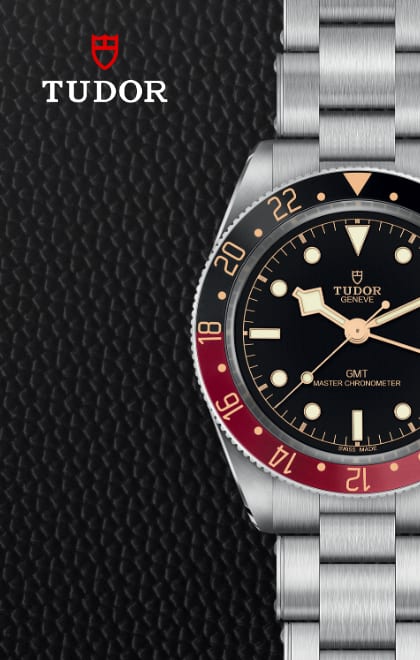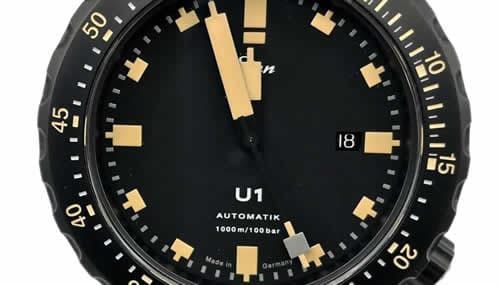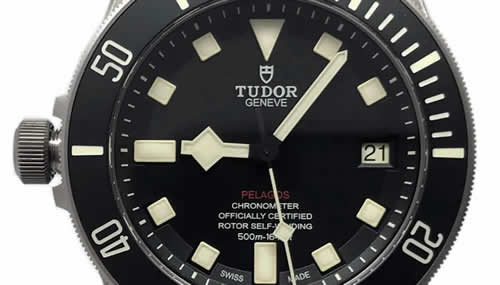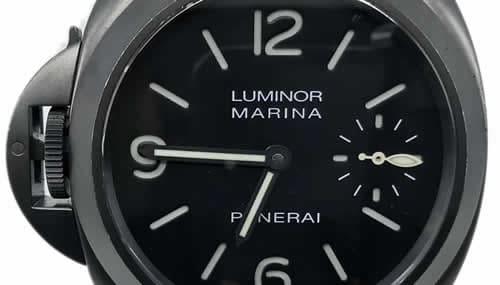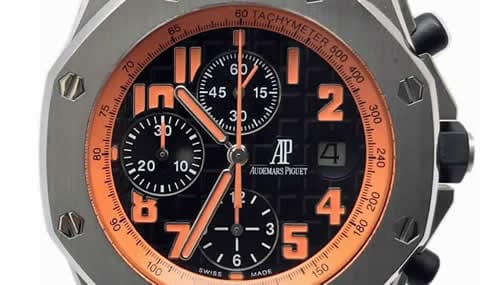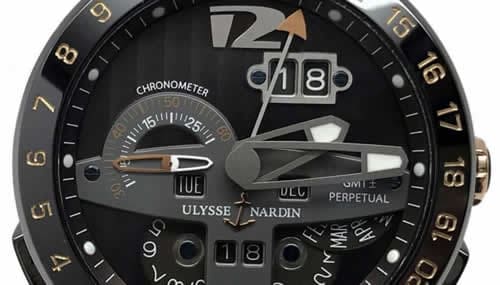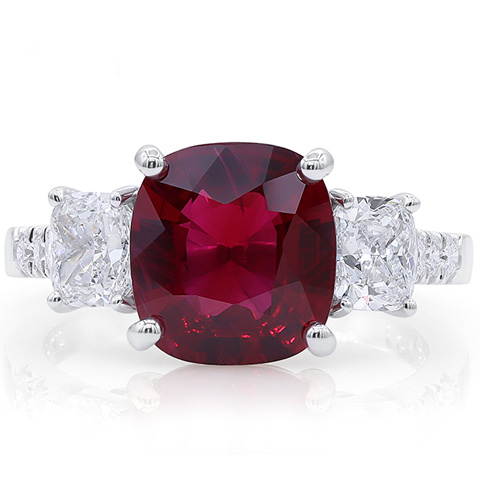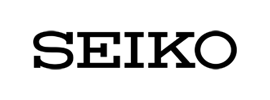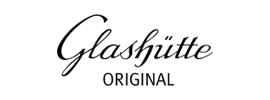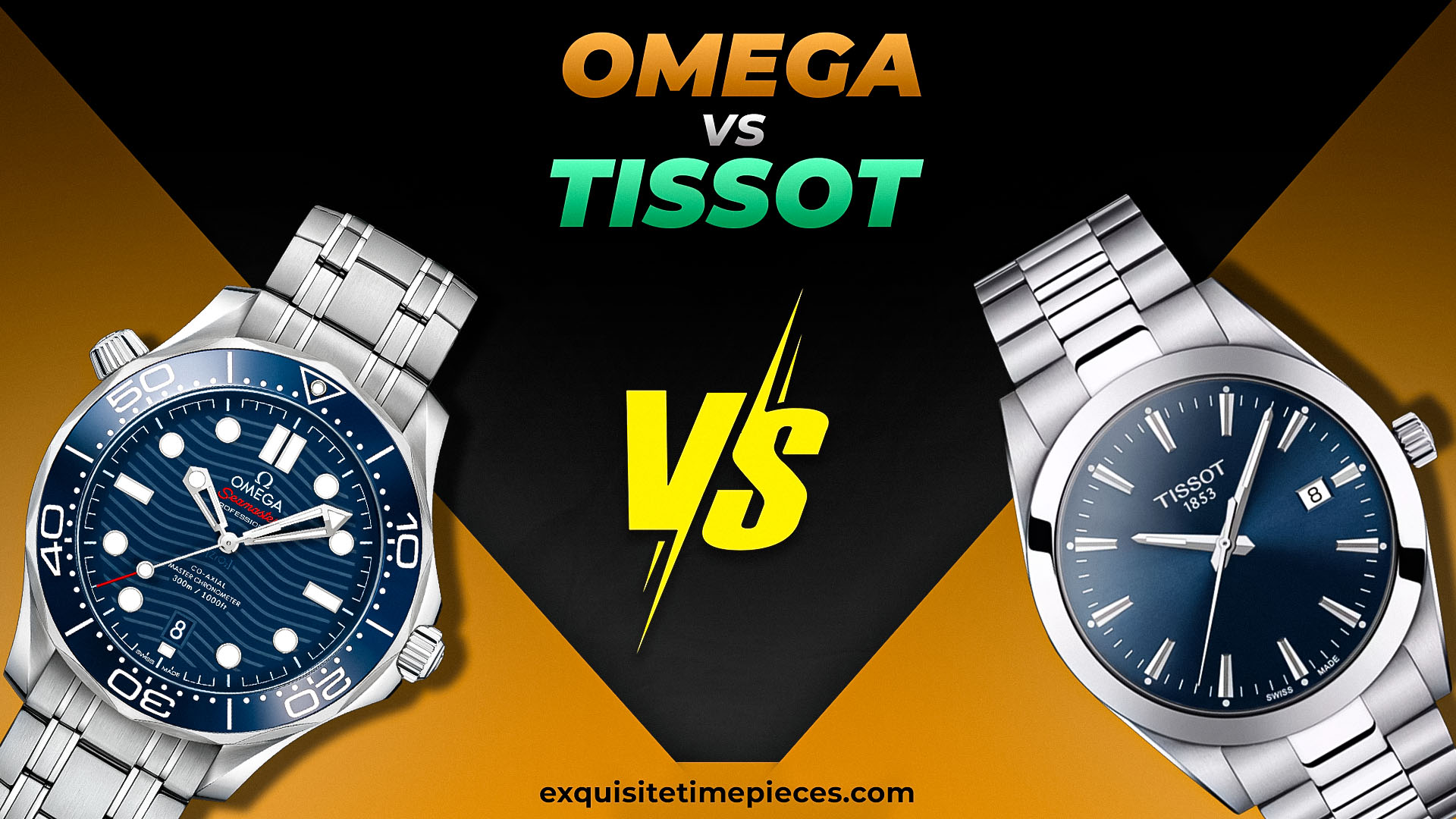
Omega vs Tissot – Who Wins the Battle?
Omega and Tissot are heavyweight champions in the kingdom of timekeeping. Both originate from the world’s horological epicenter – Switzerland – representing the pinnacle of precision and authentic craftsmanship.
Although they promote themselves as independent brands to the everyday novice, both belong to Swatch Group and cater to legions of Swiss watch purists in very different ways. So, which brand is best? Tissot or Omega?
One misconception is that because Omega watches are the more expensive brand of the two, Tissot must be the one that lacks innovation and expertise.
Not true. Perhaps, if anything, this article may serve to educate those still unsure how these two brands can contend on similar parallels with one another, if at all.
A Brief Introduction to Tissot and Omega
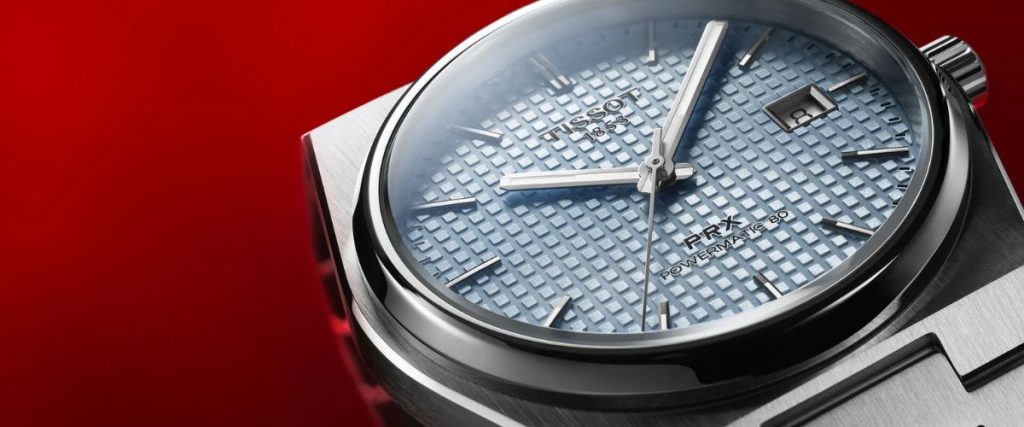
Whether you know much about watches or not, chances are you’ve heard of Tissot. It’s one of the largest Swiss watchmakers in the world and a true leader in the realm of affordable luxury.
Even those who wear Tissot watches may not realize just how much the brand has contributed to the history of watchmaking. Allow me to explain in a little more detail…
Tissot traces its roots back to 1853 as a pocket watch manufacturer. This father-and-son watchmaking team built the company’s foundations from the ground up, growing from a small Le Locle-based company to a serious horological contender.
One early historical icon to emerge from the brand’s portfolio was the Banana watch, which was returned to Switzerland for repair but was never able to reunite with its Russian owner, following the laws put in place by the Bolshevik revolution, restricting the distribution of luxury goods. Indeed, this is just one of many short but fascinating stories from this brand’s archives.
Without going into all the milestones of Tissot’s history in date order (since there are so many), we can look at Tissot’s historical contribution to wristwear for ladies.
From an early age, the brand embraced the female market for luxury timepieces and began shifting its focus towards wristwatches for ladies in the early 20th century.
Before comparing Tissot’s heritage with that of Omega’s, it’s worth noting one particularly important milestone in the brand’s history – the release of the world’s first anti-magnetic wristwatch, following Vacheron Constantin’s release of the first magnetic-resistant movement in its 1915 pocket watch.
The release of Tissot’s innovation came at just the right time, during an era (the late 1920s and early 1930s) when the need for this technology became even more paramount.
The release of the revolutionary Tissot Antimagnetique watch was groundbreaking. As the collection grew to accommodate gold and chrome versions and several different sizes, so did its popularity. So much so, Tissot paid homage to the watch in 2018 with a modern version in a 42mm steel case.
Omega has a fascinating history, too. Founded in La Chaux-de-Fonds in the canton of Neuchatel, the brand’s story emerges from an assembly workshop.
The sons of founder Louis Brandt succeeded him, eventually moving the business to Biel and enlarging its manufacturing capacity. In 1894, the brand produced its first movement, the Omega Calibre, earning the company much respect.
Similar to Tissot, Omega has enjoyed a rich and long-lasting partnership with the world of sport (a little more on that shortly), which stemmed back to 1909 when it was tasked with timing its very first sporting event – the Gordon Bennet Cup in Zurich.
Following that, the watchmaker became a long-term supporter of the Olympics, starting in 1932. By then, Omega had merged with the SSIH (Sociéte Suisse pour l’Industrie Horlogère), which later became Swatch Group.
1957 proved to be one of the most important for Omega, indirectly connecting it to the aeronautics industry. The brand released three stylistic but functional tools: the Railmaster, the Speedmaster (initially designed for timing motorsports), and the Seamaster 300.
The Seamaster eventually found its way onto the wrist of Jacques Cousteau, who catapulted the popularity of diving as a leisure pursuit, while the Speedmaster would later become the first watch on the moon.
Model Variety
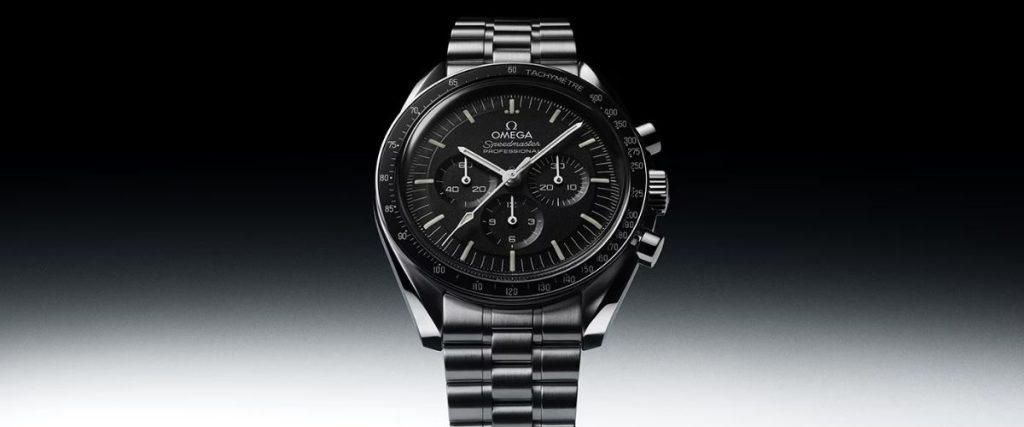
I mentioned earlier that Tissot has contributed significantly towards female watches, and to this day, the company continues to create elegant designs, including some female iterations of its most popular men’s watches, including the sporty PRX, the Everytime, and the dive-ready Seastar.
In addition to these female-flavored takes on the brand’s mainstays, there are dedicated lady’s collections too, like the Flamingo series, the timeless Bellissima, and the Lovely collection.
I mentioned Omega’s relationship with sport earlier, and here is one level on which Tissot can compete in more ways than one. Tissot maintains a long and continuing tradition with sport. This relationship began in 1938 with a chronograph used to time a series of Alpine ski races.
This chronograph inspired the famous Telemeter, marking the brand’s role as the official timekeeper for several sporting events like the 1957 Davis Cup, BMX Cycling, and the Tour de France.
Tissot has also been the official timekeeper of MotoGP since 2001 and has enjoyed partnerships with European Rugby, the Swiss Ice Hockey Federation, and the National Basketball Association.
In fact, it was the first official timekeeper of the NBA and even worked on producing a state-of-the-art timing system for the game. All this has led to many special edition watches that continue to demand collectability status on the market today.
In addition to its role as an official timekeeper to several sports, Tissot is also a pioneer in auto racing watches. Poised for a complete explosion in popularity upon its release, the PR 516 debuted in the 1960s, competing with the likes of the Rolex Daytona and the TAG Heuer Carrera.
Its bracelet was the first of its kind to feature perforated holes reminiscent of a racing car’s steering wheel. Cementing its relationship with MotoGP and the popularity of the PRS 516 (“S” representing “Sport”), Tissot still maintains a strong presence in the racing industry, having partnered with Renault Alpine in F1 and Porsche for the 24 Hours of Le Mans event.
We can’t discuss popular Tissot models and designs without mentioning its highly collectible PRX range, which remained mothballed until 2020. The brand revived it as a modern-day alternative to iconic watches like the Royal Oak and Nautilus during the height of the post-pandemic phenomenon.
Infeed, premium integrated sports watches were selling like there was no tomorrow during this time. The Tissot PRX was the affordable alternative during this resurgence, distinguished by its barrel-shaped case, integrated bracelet, and waffle-style dial reminiscent of those from the 1970s.
Onto Omega and this brand’s commitment to design is equally, if not more, impressive. Aside from the iconic Speedmaster, the Seamaster was always destined to be an Omega mainstay.
The original of 1948, however, looked nothing like the one we associate with James Bond’s wrist. Its water-ready features were groundbreaking for its time, though, featuring an O-ring gasket to uphold water resistance.
As watchmakers continued pushing the limits in dive watch technology, so did Omega, and in the 1970s, it produced the Ploprof, doubling the Seamaster’s water resistance with a 600M rating. Within a few years, that watch was followed up by a 1000-meter water-resistant reference.
The Seamaster is the brand’s largest offering today, with several sub-categories, including the equally popular Aqua Terra.
Of course, it’s the Seamaster Diver 300M that we really associate with Bond. Originals from the 1960s are still collectibles now. Seamasters have featured in several Bond films, debuting in “Golden Eye” in 1995, followed by “Die Another Day,” “Skyfall,” “Spectre,” and “No Time to Die.”
However, The Speedmaster watch has to be Omega’s most iconic watch. It was the watch that Omega designed for NASA in 1964 following a request made by the Apollo Flight Crew Operations director for a reliable, legible, and accurate wristwatch to assist with training exercises and missions.
The Speedmaster ref 105.003, with its distinctive black chronograph dial, tachymeter bezel, and steel bracelet, passed all the exhaustive tests that NASA subjected it to, assisting the wrist of Ed White in 1965 during his spacewalk as the first American man to do so.
That watch was superseded by the reference ST105.012, which accompanied Neil Armstrong on his visit to the moon, cementing its place in the annals of watchmaking history. However, the Speedmaster range has grown considerably since then, honoring the fundamental characteristics of those first iconic models.
Of course, Omega’s catalog is not limited to Speedmaster and Seamaster watches alone, although these are two of the largest collections. The Constellation is another iconic series that has garnered a reputation as one of the most elegant and timeless watch designs of all.
It’s a symbol of classic sophistication, encompassing a wide variety of designs, including “Pie Pan” dials and bezels adorned with the four claws or “griffes”. Additionally, the De Ville collection is ideally suited to small female wrists, with sub-collections like the Tresor, Prestige, and Ladymatic, making for a nice higher-end alternative to Tissot’s Ballade collection.
In comparison, Tissot’s catalog has lots of designs to choose from, mainly comprising racing-inspired chronographs and classic three-handers. Omega specializes primarily in dive watches, while its Constellation and De Ville collections are perfect for sophisticated, dressier attire.
Design and Materials
When the era of quartz took over the world, Tissot made some moves that, in retrospect, looked like desperate attempts to survive the crisis. Luckily, it made it to the other side but, like many Swiss watchmakers, endured a struggle. In 1971, the brand launched the first plastic watch, the Astrolon, followed by the “Rockwatch” a decade later, crafted by graphite mined from the Alps.
Tissot even experimented with dials (and sometimes cases) made from other natural materials like basalt, jade, and jasper.
The Pearl Watch, arriving in 1988, was one of the last experimental designs and was rather short-lived, but it arguably paved the way for the modern wristwatches we see today made with stone dials.
When Tissot launched the T-Touch watch in 1999, touchscreen functionality elsewhere was still several years away. This quartz-powered ana-digi watch offered chronograph functions, dual time zones, a barometer, an altimeter, and a compass.
It was the beginnings of the Smartwatch as we know it today. The brand evolved the design with a titanium case in 2014 and later implemented it with solar-powered sophistication. That said, unlike Omega, Tissot is not considered a pioneer in material manufacture.
Omega is a master in crafting proprietary materials and has dedicated years to research and development. To Omega, materials are of utmost importance. Its cases range from robust Omegasteel to luxurious Moonshine Gold, Canopus Gold, and even LiquidMetal – an alloy bonded with ceramic for superior scratch resistance. While these materials play a pivotal role in the durability and longevity of every Omega watch, the brand’s materials extend far into the watch itself.
Similar to the silicon components found in a Tissot Powermatic watch, Omega movements are equipped with silicone balance springs to resist the damage caused by magnetic fields, while the attention to detail found in the movement decoration is leaps and bounds ahead of Tissot’s basic ETA movements, adding to the allure of these fine mechanical wristwatches.
Movements
Omega has weathered the sands of time for over a century and, in that space of time, has created some truly innovative movements, many of which are the unsung heroes of its most iconic designs. First, let me iterate that Omega makes watches crafted from quartz and mechanical movements.
Some of Omega’s finest movements shed light on the intricate craftsmanship behind the brand’s excellence.
Suffice to say, if it’s a commitment to horological mastery you’re looking for in a watch, Omega trumps Tissot by a country mile, crafting these engines in-house and setting standards in Master Chronometer certification.
One standout Omega movement series is the Calibre 8500. These engines all feature the revolutionary co-axial escapement system after the brand acquired the proprietary rights to it back in 1999.
The mechanism was a breakthrough in horology, reducing friction and improving precision long-term. The company’s Master Chronometer certification also ensures each movement withstands the rigors of daily life and beyond, with magnetic resistance up to 15,000 gauss.
Other important Omega movements include the Calibre 30T2, which evolved from the 30 series that powered the Dirty Dozen watches, and the Calibre 321, which featured in the Speedmaster Moonwatch series.
On the other hand, Tissot uses a mix of ETA movements and offers both mechanical and quartz-powered movements that reflect higher and lower price points, respectively.
In 1983, the brand became part of the watch conglomerate Swatch Group, which also owns ETA. If you didn’t already know, ETA is one of the industry’s largest suppliers of mechanical movements.
In 2011, Swatch Group embarked on a project to develop a sophisticated movement to pep up mid-tier watch brands. The elite calibre was named the Powermatic 80. Today, you’ll see versions of this in Hamilton, Longines, and Rado catalogs, to name just a few.
The movement is far from pedestrian, with an impressive 80-hour power reserve, classifying those Tissot watches powered by it as weekend-proof.
Explore the
Biggest Pre-Owned Collection of Luxury Watches
Its synthetic escapement with friction-reducing qualities and a Nivachron hairspring promise improved mechanical performance, too. The Powermatic 80 is featured in several crowd-pleasing models like the Seastar, the Visodate, and the Gentleman.
Pricing
The price of an Omega watch versus a Tissot watch is where the main difference between both brands lies. One is an entry-level brand that excels in practical sports watches, and the other is associated with more refined craftsmanship and movement components.
Tissot’s prices are much gentler on the wallet than Omega’s. However, the question remains as to whether you want a brand on your wrist that is synonymous with prestige and (in some ways) exclusivity or whether you want more bang for your buck.
The average price of a Tissot watch is around $400, though the very cheapest sits at around the $60 mark. The Heritage and Seastar collections, offering superior water resistance and a higher level of craftsmanship, can cost around $2500.
Omega watches are more collectible and retain their value better than Tissot watches, especially in the case of a Speedmaster or Seamaster. The brand’s starting price is much higher than Tissot’s, with an average of around $3,000 for lower-end models.
Higher-end pieces can cost around $50,000. The most collectible of the brand’s catalog are those from the Speedmaster series, some of the most in-demand references selling for around $30,000.
In Summary
The deliberation between whether Omega is better than Tissot and vice versa will always spark a lively debate among enthusiasts. The truth is that both are synonymous with quality craftsmanship, but they cater to very different audiences.
Omega is the older of the two, but only by a few years, and despite being slightly longer in the tooth, Tissot has an equally impressive heritage, from its mass production of pocket watches in the early days to its contribution to the sporting world and its commitment to crafting a variety of elegant ladies timepieces.
Popular modules like the PRX, Le Locle, and T-Touch series are a gateway into affordably luxury, and they are popular with those who want to experience Swiss precision without breaking the bank.
On the other hand, Omega is known for its contribution to timekeeping in space, with its iconic Speedmaster being chosen by NASA as its official watch for manned space missions in the 1960s.
Its Seamaster model is also recognized as the watch of choice for 007 agent James Bond, becoming a pop culture watch. Omega is also the innovator of the Co-Axial escapement, guaranteeing improved accuracy and reliability.
Aside from the similarities between these two brand’s revered stories, both are priced very differently. You shouldn’t expect to pay more than $2-3k for a good Tissot watch, while high-end Omega watches can run into the tens of thousands. Even so, more affordable Omega watches can be picked up for a couple thousand dollars.
Although the mechanical watches in both Omega and Tissot’s catalog are synonymous with accuracy and precision, Omega is the brand experienced in creating its own METAS-approved movements, while Tissot uses Swiss-made ETA movements – the standout caliber being its Powermatic movement.
In addition to price and reputation, design and aesthetics will determine your final decision. For a versatile sports watch that won’t burn a hole in your wallet, I’d have to recommend you opt for Tissot. For a timepiece that exudes luxury, sophistication, premium materials, and finer details – it’s Omega all day.
About Exquisite Timepieces
Established in 1998, Exquisite Timepieces is your one-stop shop for all things luxury watches! We are an authorized dealer for 60+ luxury watch brands including Omega, Hublot, Seiko, & Longines! We are proud to showcase one of the world’s largest pre-owned watch collections, including renowned brands like Rolex and Patek Philippe. Check out our brand new watch arrivals here and popular pre-owned listings here.


